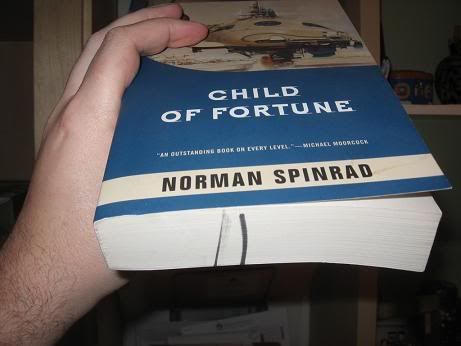Occasionally I will see a listing for a book on eBay that says that the book I am considering is “remainder marked.” Ive had a friend ask me lately what that meant, as she had encountered it too on eBay. Basically a remainder in publishing and in the music business is the same thing: Its returned product that the retailer was not able to sell after initial release or after an overzealous printer puts too many copies of a re-release. Here is how it works:
Sometimes publishers overestimate the market for a particular book. Sometimes the publisher will decide to print more than they can reasonably expect retailers to sell and actually anticipate some copies will go unsold. Publishers understand that books, especially hardbacks, have a limited shelf life, and that booksellers only have so much shelf space to display books on. So they allow retailers to return unsold books in bulk. At the point in time that this happens the initial demand has usually died down, so if there are more than a few copies, the publisher acknowledges that they will never be able to sell them in the marketplace, so they make them remainders by marking them and selling them for pennies on the dollar.
How are they marked? Usually in different ways. It used to be that they were marked the same way that unsold albums were marked: By a hold drilled somewhere in the hard cover. These days they usually take an easier approach and draw a thick black line on the bottom of the outside pages. Here is an example of the most typical type of mark:
Someone just aligns the books, turns them all over, and runs down the line with a marker drawing on them all, never picking the marker up. For some reason this guy took a return pass, but thats the way it goes, huh? Ive also seen much more blatant markings, such as one entire edge being painted purple, yellow or black, and Ive seen other marks that are so subtle that you would swear that someone made a mistake and accidentally marked a book. Usually when a publisher is trying to be subtle they will put a small stamp of some figure on the book somewhere, usually never under the covers, but on the spine or the end papers. I have been meaning to send out messages to my list of publishers to ask if they could tell me how they mark remainders, but have not gotten around to doing that yet. I suspect that many will not tell me, especially if they do a subtle mark.
Whenever you purchase a used hardback book, or even a new one, you should be aware to look around for a remainder mark. If a book has one, it is of course worth less on the collector’s market because it is defaced.
